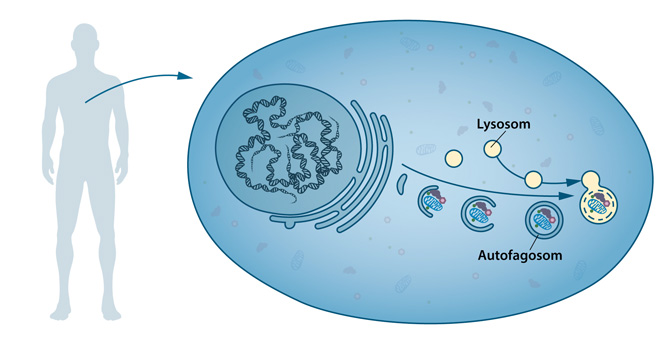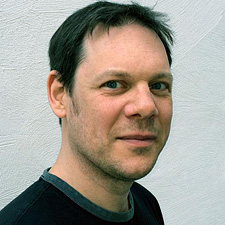
Ohsumi’s work enables treatments for wide range of illnesses
A very important discovery which paves the way for new and more effective treatments for such illnesses as Parkinson’s disease, type 2 diabetes, cancer and a host of age-related disorders. That’s KTH protein technology researcher Torbjörn Gräslund’s verdict on the awarding of the Nobel Prize in Medicine to Yoshinori Ohsumi for his work on mapping of the mechanics behind cells' ability to break down and recycle their components.
When Ohsumi clarified the machinery that controls autophagy, the body’s cell recycling system, the Tokyo Institute of Technology professor opened up a whole new branch of medical science with new opportunities to understand and cure illness.
“A much deserved prize,” says Gräslund. "The survey of how autophagy works has increased our understanding of how cells work and led to many new discoveries in medical research.”

Research on the link between autophagy and diseases such as diabetes, cancer and Parkinson's is just the beginning - new advances are being made all the time.
“Researchers studying the link between autophagy and illnesses are interested to know where in the cell the proteins are, because it helps them understand how the process works. Then, for example, they turn to the KTH Human Protein Atlas, where we have mapped the body's 20,000 proteins,” Gräslund says.
Autophagy is one of the subjects that Gräslund teaches at KTH.
“Some of my students are likely to work in a company that studies diseases that arise as a result of errors in the mechanism, so it is important for them to understand.”
Christer Gummeson